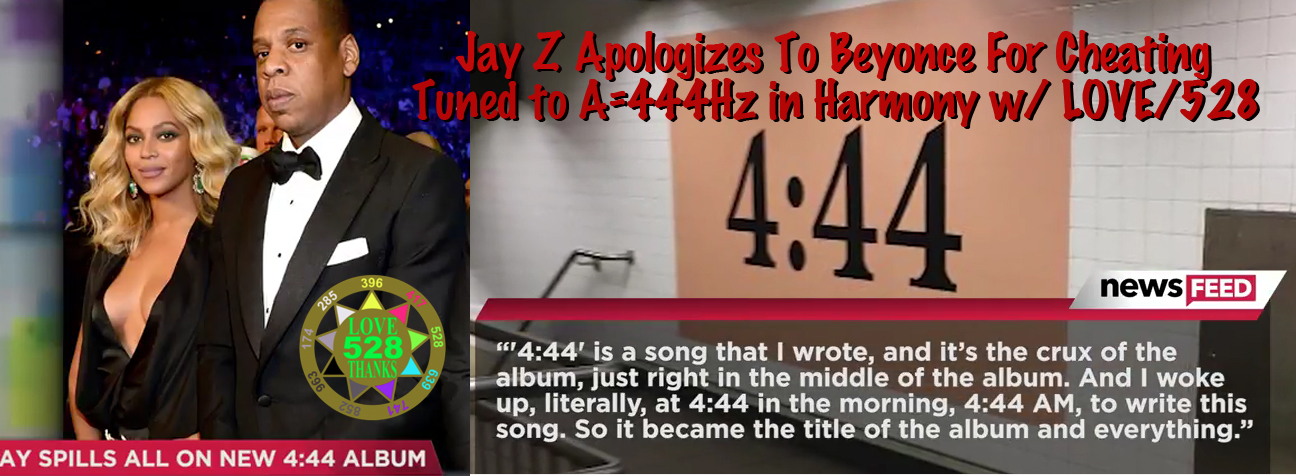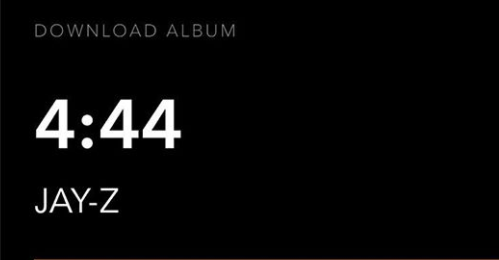
In the second half of the song, Jay-Z focuses on amassing resources as a potential way out of a deeply rooted cycle of violent marginalization. He responds with a noncommittal verbal shrug: “OK.” like, ‘I’m not black, I’m O.J.,'” Jay-Z notes. Simpson’s famous statement about being able to escape the color of his skin. Jay-Z adds an assertion of unity across these factions – “still nigga.” He also appears to dispute O.J. Jay-Z uses a similar conceit for his jumping-off point: “Light nigga, dark nigga, faux nigga, real nigga,” he raps. In that song, from 1966, Simone famously narrates the tales of four different black women, all of whom are battling the effects of entrenched racism in American society. Snippets of Nina Simone’s voice from “Four Women” rub against Jay-Z’s conversational raps. On “The Story of O.J.,” a bass thunks out a few ripe notes, and a flighty piano tumbles after. This is the first of many beats that build around a straightforward, unfussy loop, nodding to the early part of Jay-Z’s career when his work was a bastion of boom-bap. establish 4:44‘s sonic foundations on its second track. Thinking back to the time he almost lost Beyoncé, Jay makes allusions to the men that famously fumbled relationships with Halle Berry (“You almost went Eric Benet”) and Ciara (“In the Future, other niggas playin’ football with your son”). “You egged Solange on, knowing all along, all you had to say was you was wrong,” he castigates himself.

It was the first signal to the world that not all was well in the Carter family. Later, Jay brings up the 2014 Met Gala incident, when Beyoncé’s sister Solange got physical with him in an elevator, an altercation that was caught on security camera. “He gave you 20 minutes on stage, fuck was he thinkin’?” “You gave him 20 million without thinkin’,” Jay says, supposedly confirming a rumor that he lent West a large sum of money a few years ago. He mentions the childhood incident in which he shot his own brother, memorialized in the 1997 track “You Must Love Me” and the 1999 stabbing of producer Lance “Un” Rivera that became his biggest scrape with the law as a celebrity.īut there are two particular headline-grabbing incidents that get the most intriguing references on “Kill Jay Z.” “You dropped outta school, you lost your principles,” he says as he begins subliminally, but sharply, addressing Kanye “The College Dropout” West, who called out Jay during a concert last November. In one long, uninterrupted verse, Jay-Z zeroes in on several of the most significant conflicts in his life. “Kill Jay Z” samples the Alan Parson Project’s 1977 soft-rock hit “Don’t Let It Show,” with Dave Townsend’s skipping, stuttering voice repeating the words “They say I’m to blame” throughout the track. “It’s about killing off the ego, so we can have this conversation in a place of vulnerability and honesty.”īlack Sabbath on the Making of 'Vol.

Is he killing off the version of himself from the last four years, the one that inspired the songs of betrayal on Beyonce’s Lemonade? “It’s really about the ego,” Jay said in an iHeart Radio interview that accompanied the premiere of the album. Here’s a track-by-track breakdown of 4:44.Īhead of the release of 4:44, hyphen fans everywhere celebrated the return of “Jay-Z,” the stylization that Sean Carter used from roughly 1997 until 2013, when he dropped the punctuation to become simply “Jay Z.” The fact that the first new song by the renewed Jay-Z is titled “Kill Jay Z,” with no hyphen, is either a typographical error or pointed subtext.

On the album, executive produced by No I.D., Jay-Z takes a pro-black stance, addresses intergenerational conflicts in hip-hop and talks about marital troubles after many had interpreted lines for his wife Beyoncé’s 2016 album Lemonade as alluding to infidelity. Veteran MC Jay-Z dropped his 13th album last night via Tidal, the streaming service he owns.


 0 kommentar(er)
0 kommentar(er)
